The Basics of Continuous Lighting
Continuous lighting, as the name suggests, provides a constant and continuous light source that remains on throughout the photoshoot. Unlike flash photography where the light is emitted for a split second, continuous lighting offers a constant stream of illumination, allowing photographers to visualize the lighting effects in real-time.
This form of lighting typically involves using artificial sources such as LED panels, fluorescent lamps, or tungsten bulbs. These lights can be adjusted in terms of intensity, color temperature, and direction, giving photographers more control over the desired lighting setup.
The Advantages of Continuous Lighting
- Real-time Visualization: With continuous lighting, photographers can instantly see how the light interacts with the subject, allowing for immediate adjustments to achieve the desired effect.
- Control and Flexibility: Continuous lighting offers a wide range of options to control the intensity, color temperature, and direction of light. This versatility allows photographers to create the desired mood and atmosphere for their shots.
- Suitable for Portraits and Video: Continuous lighting is an excellent choice for portrait photography and video shoots, as it provides a consistent light source that ensures a well-lit subject without any flickering or issue of timing.
- Soft and Natural Lighting: Continuous lights are often diffused, resulting in a soft and even illumination. This natural-looking light helps create flattering portraits with minimal shadows and smooth transitions.
Applications of Continuous Lighting
Continuous lighting finds its applications in various genres of photography. Let us explore a few areas where continuous lighting excels:
Portrait Photography:
In portrait photography, continuous lighting allows photographers to create stunning studio-like setups. With the ability to adjust the intensity and color temperature, photographers can experiment and achieve the desired lighting effects to highlight the subject’s features.
Product Photography:
When capturing product images, it is crucial to showcase them in the best possible light. Continuous lighting provides consistent illumination, highlighting the product’s details and textures. This lighting technique is commonly used in e-commerce photography, where products need to be presented attractively to potential buyers.
Videography:
Continuous lighting is widely used in video production, where consistent lighting is essential to maintain visual quality and minimize distractions. It ensures that the subject is well-lit throughout the shoot, resulting in professional-quality video content.
Key Takeaways
- Continuous lighting offers a constant and adjustable light source for photographers.
- With continuous lighting, photographers can see the lighting effects in real-time, allowing for immediate adjustments.
- This lighting technique provides control and flexibility over intensity, color temperature, and direction of light.
- Continuous lighting is suitable for portrait photography, product photography, and videography.
- It produces soft and natural lighting for flattering and well-lit images.
In Conclusion
Continuous lighting opens up a new realm of creative possibilities for photographers. Its real-time visualization, control, and flexibility make it a compelling choice for various genres of photography. Whether you are capturing portraits, products, or shooting video content, continuous lighting offers consistent and adjustable illumination, resulting in stunning images and videos.
So, embrace continuous lighting, experiment with different setups, and let your creativity shine through every frame!
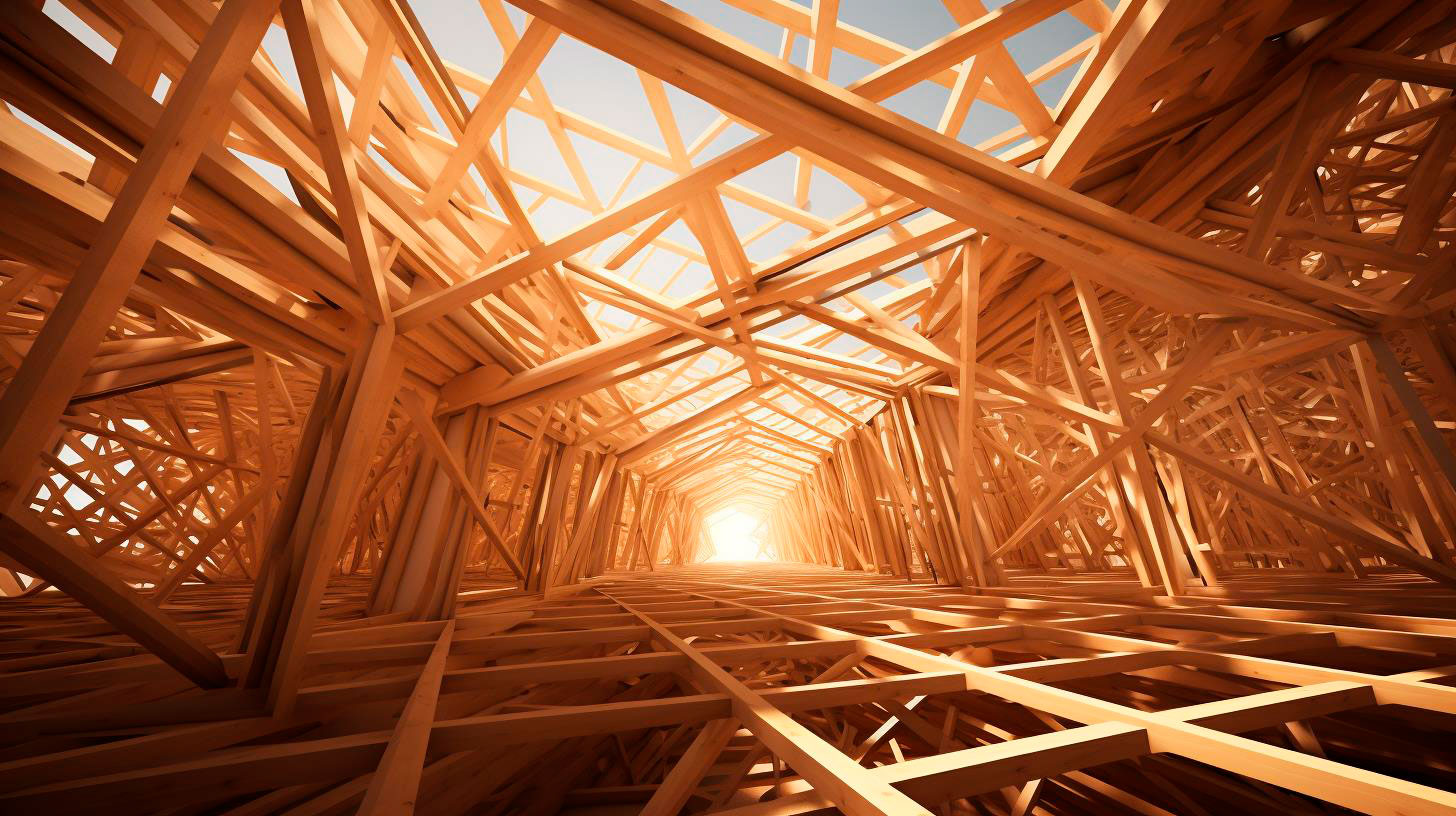

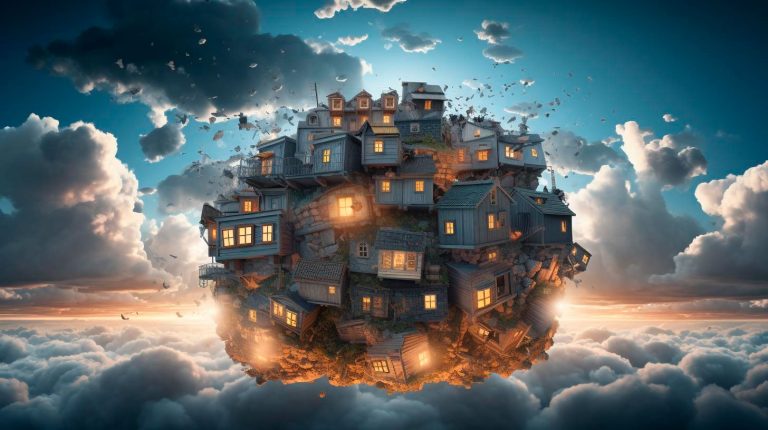
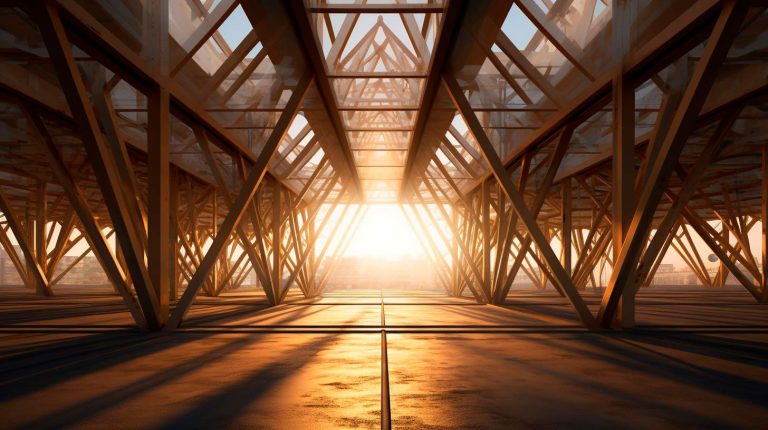
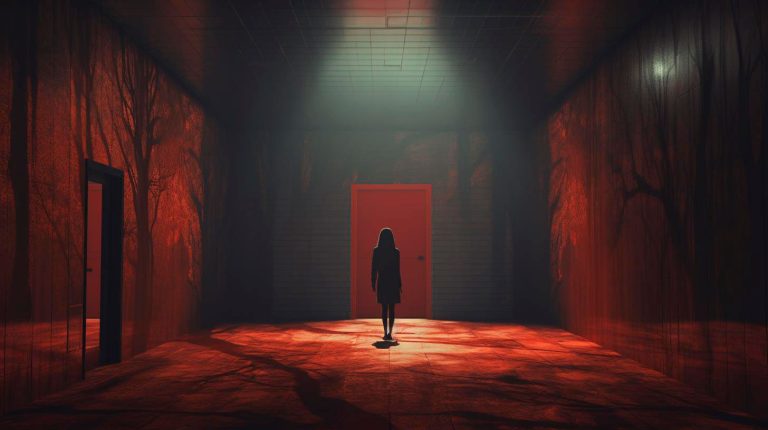
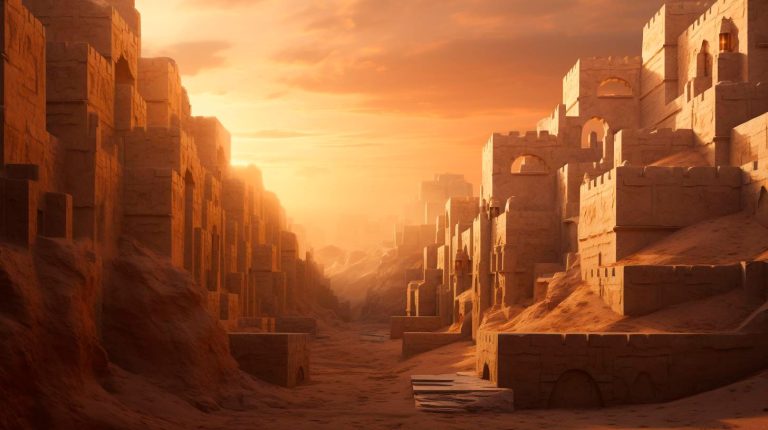


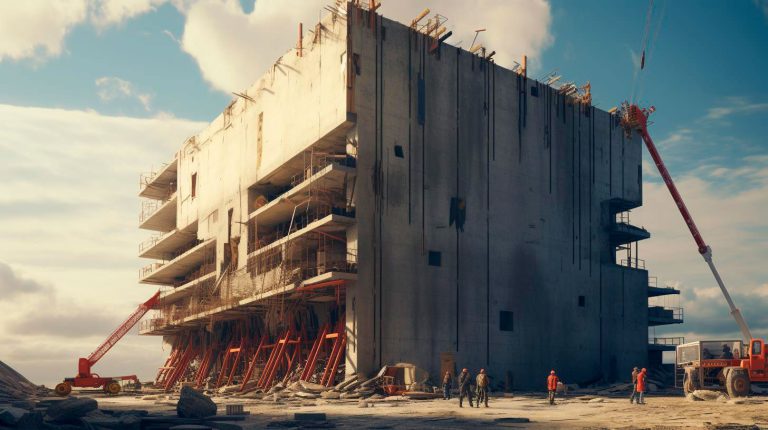









+ There are no comments
Add yours